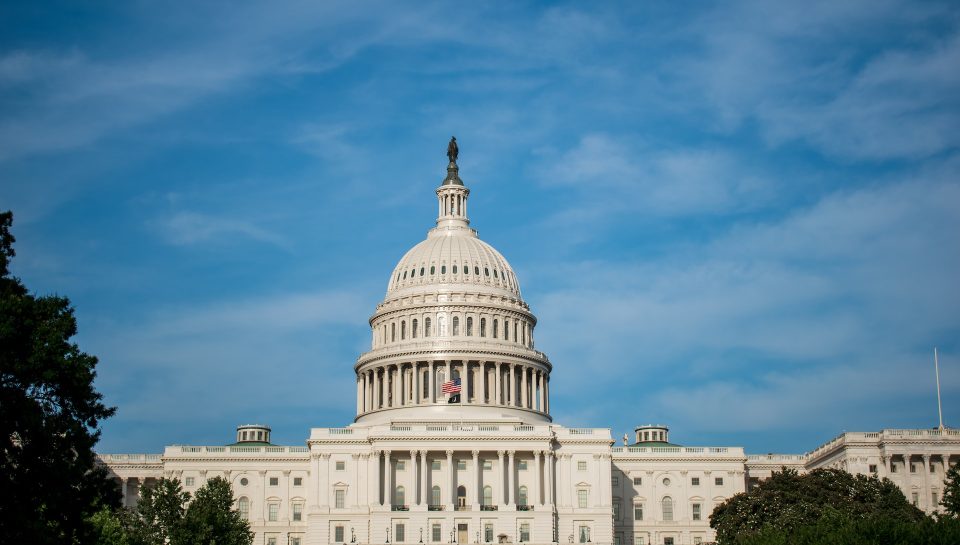You may have recently heard of the Responsible Financial Innovation Act (the “Lummis-Gillibrand Bill” or the “Bill”), introduced recently in the U.S. Senate. Let’s take a look at some of the basic terms.
(Standard Disclaimer: we’re lawyers, but this isn’t legal advice. Unless you’ve signed an engagement letter with us, we don’t represent you. If you’d like us to represent you, please contact us through this website.)
Title I – Definitions – The bill outlines and defines terms such as “digital asset,” “payment stablecoin,” “smart contract,” and “source code version.” While this may seem trivial – you may already know what those mean – having these terms clearly defined in federal law has the potential to align legislators, regulators, lawyers, and judges to common terminology.
Title II – Taxation – The bill provides some long-overdue updates to the tax code regarding personal use of crypto assets. In addition to a $200/transaction exclusion for most payments and other updates, it provides a safe harbor for non-US persons and requires the IRS to adopt guidance on long standing ambiguities (forks, airdrops, staking, etc.). One provision of note is its treatment of DAOs: for purposes of the Internal Revenue Code, it treats DAOs as business entities. However, it defines DAOs oddly: as an organization using smart contracts on a distributed basis which is incorporated or organized as an entity under any jurisdiction’s law. This may directly affect very few DAOs, as most DAOs are not themselves incorporated. Sen. Lummis’s official overview appears to interpret this provision as actually requiring that DAOs be incorporated or organized. We’ll wait to see how this shakes out as the Bill is redrafted and revised, but this section is one to watch.
Title III – Securities – Section 301 of the Bill clearly distinguishes between digital assets that are commodities and those that are securities. The Bill codifies a version of the Howey test and creates a rebuttable presumption that crypto assets are commodities, not securities. It also distinguishes between digital assets that are not fully decentralized, and those that are: non-decentralized assets (although not securities) are required to file semiannual disclosures with the SEC, while assets that become decentralized are not. Most of the provisions in the section pertain to “ancillary assets,” which are digital assets sold in connection with the purchase and sale of a security.
Title IV – Commodities – The Bill grants the Commodity Futures Trading Commission (“CFTC”) exclusive spot market jurisdiction over all fungible digital assets which are not securities, including ancillary assets, under § 401. It creates a pathway for digital asset exchanges to register with the CFTC, and clarifies their status under bankruptcy law and as “financial institutions” under the Bank Secrecy Act. It also clarifies that stablecoins are neither commodities nor securities, but only if issued by a bank or credit union (as “payment stablecoins”).
Title V – Consumer Protection – In addition to the disclosures required under Title III, Title V requires digital asset providers to disclose product information (regarding bankruptcy, risks, fees, etc.) and source code information. It requires terms of settlement finality (which should be interesting considering the “irreversible” nature of most blockchain assets) and codifies terms of ownership of digital assets.
Title VI – Payments – This section places restrictions on issuers of stablecoins, requiring backing by liquid assets, public disclosures, and an ability to redeem at par value. It also requires a number of government agencies to develop guidance and establish programs (including a requirement for the Office of Foreign Assets Control (“OFAC”) to develop sanctions guidance).
Title VII – Banking – This section primarily requires the Federal Reserve to study blockchain technology and make rules regarding routing and settlement of blockchain assets.
Title VIII – Interagency Cooperation – This section primarily requires a variety of federal departments and agencies to establish information sharing rules, study a variety of blockchain-related topics, and permit interstate “sandbox” activities for financial companies operating in an existing state fintech sandbox.
Overall, many of the changes introduced in this bill are welcome: the regulatory uncertainty surrounding the crypto space have long created a risky environment for innovation. Clear definitions and regulatory boundaries may help to provide a stable basis for understanding the legal conditions on the ground. But with clarity comes constraint. Uses of crypto technology that formerly thrived in the “gray areas” of the law may be impossible or unlikely to succeed when regulators have an explicit mandate and direction.
The points outlined here are just highlights – the text of the Bill runs 69 pages. Of course, it is highly likely that the bill will see substantial edits before it has any chance of seeing enactment.
(Cover image by Elijah Mears at Unsplash)


